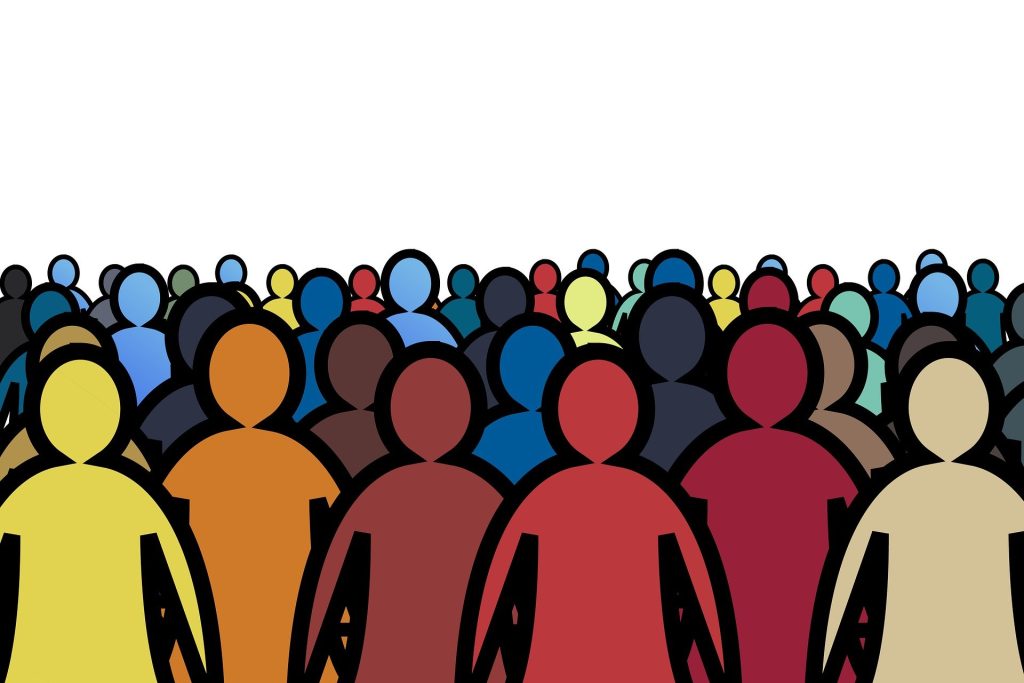Introduction
The 21st century is marked by a dramatic demographic shift: populations across the globe are aging at an unprecedented pace. Advances in healthcare, declining fertility rates, and improved living conditions have extended life expectancy, leading to societies where older generations comprise an increasingly larger proportion of the population. While this is a triumph of human progress, it also introduces complex challenges for the future of global workforces. As younger populations shrink relative to the elderly, the structure of labor markets, social security systems, and economic growth models are being fundamentally reshaped.
This article explores the phenomenon of aging populations, its implications for global workforces, and potential strategies to adapt to this new demographic reality.
1. Understanding Global Population Aging
1.1 Demographic Drivers
The aging trend is driven by two core factors: declining fertility rates and rising life expectancy. Fertility rates in many developed nations have fallen below the replacement level of 2.1 children per woman, with countries like Japan, South Korea, Italy, and Germany reporting rates between 1.0 and 1.5. Simultaneously, medical advances and improved public health systems have added decades to human lifespans, pushing median ages higher.
1.2 Regional Variations
While aging is a global phenomenon, its intensity varies:
- East Asia and Europe are the most affected, with Japan already experiencing a median age above 48.
- North America faces moderate aging, with immigration partially offsetting low birth rates.
- Sub-Saharan Africa and South Asia remain comparatively young but will eventually undergo similar transitions.
2. Impacts on the Labor Market
2.1 Shrinking Workforce
As working-age populations decline, labor shortages become more severe. Sectors requiring physical labor, such as manufacturing, agriculture, and construction, are particularly vulnerable. For instance, Japan struggles to maintain its industrial base due to insufficient younger workers.
2.2 Shifts in Productivity
Older workers often bring experience and institutional knowledge but may lack digital fluency or physical stamina. This dynamic can slow adaptation to new technologies and reduce overall productivity growth. However, it can also encourage firms to innovate with labor-saving technologies.
2.3 Rising Dependency Ratios
The ratio of dependents (children and elderly) to working-age individuals is rising, placing additional pressure on younger workers to support pensions, healthcare, and eldercare services. Without reforms, public finances may become unsustainable.
3. Case Studies: Regional Experiences
3.1 Japan: A Super-Aging Society
Japan exemplifies the challenges of rapid aging. With nearly 30% of its population aged 65 or older, the country faces acute labor shortages. Policymakers have responded with automation, robotics, and selective immigration, yet balancing economic vitality with social stability remains a struggle.

3.2 Europe: Welfare Strain and Immigration Debates
Many European states rely on robust welfare systems, which are increasingly strained by aging populations. Immigration has been proposed as a solution, but it remains politically contentious, fueling populist debates about cultural identity and labor integration.
3.3 Emerging Economies: Future Risks
Countries like China are approaching aging at a much faster pace than Western nations did, due to decades of one-child policies and rapid urbanization. This raises concerns about whether they can grow wealthy before becoming old.
4. Economic and Social Implications
4.1 Slower Economic Growth
With fewer workers, economies may face declining GDP growth rates unless offset by higher productivity or technological breakthroughs.
4.2 Pension and Healthcare Crises
Public pension systems based on intergenerational transfers are under pressure. Similarly, healthcare costs for elderly populations are rising, threatening fiscal sustainability.
4.3 Changing Workplace Dynamics
The rise of multigenerational workplaces—where younger and older employees must collaborate—creates new organizational challenges but also opportunities for knowledge sharing.
5. Strategies for Adapting to Aging Populations
5.1 Extending Working Lives
Policies that encourage later retirement ages, flexible work arrangements, and lifelong learning can help older workers remain active contributors.
5.2 Leveraging Technology
Automation, robotics, and artificial intelligence can mitigate labor shortages. For example, robotic caregivers in Japan support elderly independence while freeing up human workers.
5.3 Immigration and Global Talent Flows
Encouraging skilled immigration can rejuvenate aging societies. However, successful integration policies are critical to avoid social tensions.
5.4 Redesigning Social Contracts
Governments must reform pension and healthcare systems to ensure long-term sustainability. This may involve a mix of higher contributions, private savings, and universal basic support schemes.
6. The Future Outlook
The future of global workforces in an aging world is not predetermined. Societies that proactively adapt through innovation, inclusivity, and institutional reform can continue to thrive despite demographic pressures. The transition may also encourage new values, such as intergenerational solidarity, more equitable work-life balance, and greater appreciation of experience over youth.
Conclusion
Aging populations present one of the defining challenges of the 21st century. While the shift toward older societies creates undeniable strains on labor markets, pensions, and healthcare systems, it also offers opportunities to rethink how humans work, live, and support each other across generations. By extending working lives, leveraging technology, and redesigning social systems, nations can transform the challenge of aging into an opportunity for more resilient and sustainable futures.
The fate of global workforces will not be determined solely by demographics but by the policies, innovations, and cultural shifts societies choose to embrace.
















































